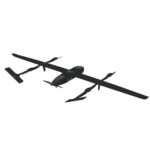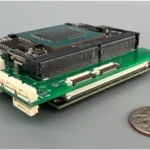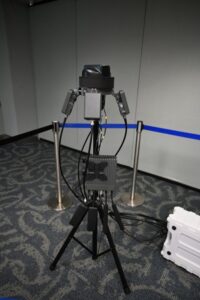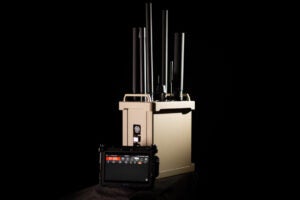
The Defense Department should spend $5 billion annually over a three-year period to buy production-ready systems that almost, but do not quite currently, meet requirements to help innovative technology companies generate business and get these systems into the hands of warfighters, the top executive at Kratos Defense & Security Solutions [KTOS] said on Wednesday. The last 10 to 15 years the DoD has been very transparent through its strategy and budget documents, and its wargames around new and innovative technologies…

 By
By 











